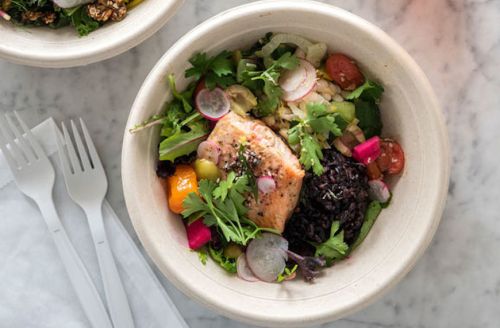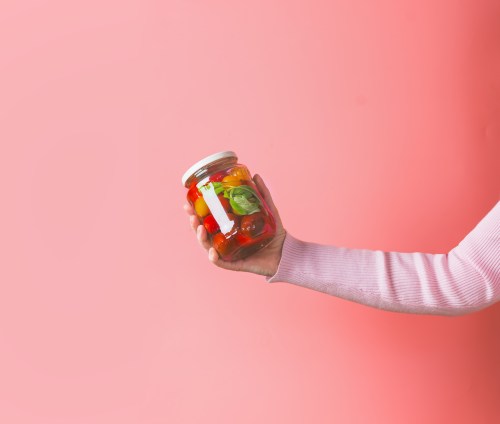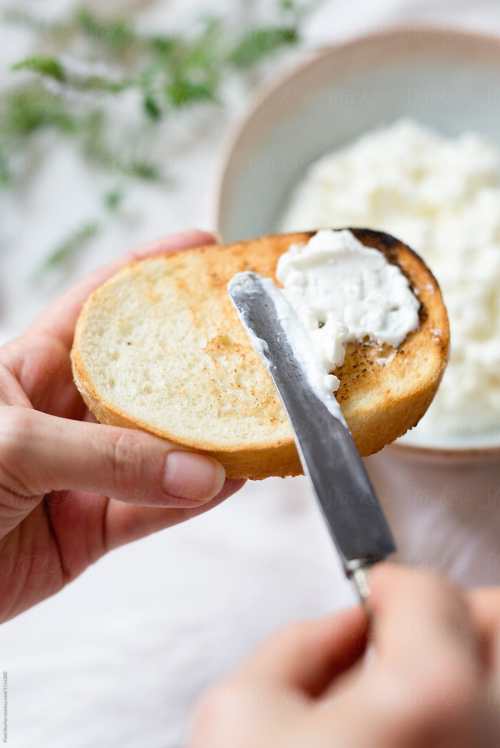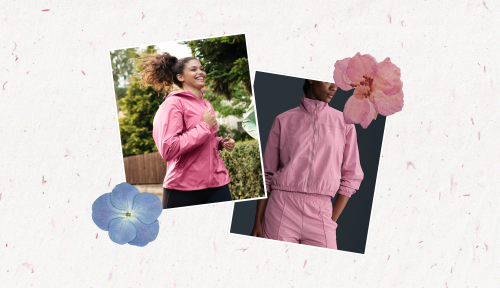Let’s face it—lunch is pretty important, but often gets forgotten due to work stress and back-to-back appointments. Or it’s grabbed in a rush at the nearest fast-food eatery. Either way, we all could do a better job with our mid-day meal.
“Living in such a busy society, lunch is usually eaten away from home and sometimes on-the-go. This means you’ll need to plan in advance to ensure you have enough of the right foods with you, or you’ll need to stop and think rationally when ordering out versus just going with what seems easiest in the moment,” explains Kelly Jones MS, RD, CSSD, LDN.
You also want to make sure what you prepare at home is both exciting and filling so that you don’t end up going out to get something in addition, says Maggie Michalczyk, MS, RD. “You want to have the right thing to fuel the rest of your day and be able to tackle the rest of your tasks without feeling like you’re in a food coma,” she says.
But easy, healthy lunch ideas that aren’t just a sad desk salad have been pretty hard to come by…until now. Use this guide to make building the perfect lunch a total cinch.
Your winning lunch formula, broken down
“At any meal, I encourage clients to include a protein source, starch, vegetable or fruit, better-for-you fats, and flavor. This ensures you’re obtaining adequate energy to fuel your day, along with protein, fat and fiber which all promote satiety,” says Jones.
When building a literal plate (or packing your meal prep container), Natalie Rizzo, MS, RD, generally suggests following this formula: half of your plate is vegetables, a fourth of the plate of starch, and a fourth of the plate is protein, with fats incorporated throughout. If you’re thinking about it in terms of macros, that’s 50 percent carbs (some from vegetables, some from another source), 25 percent protein, and 25 percent fat.
“No matter the meal, you always want to eat around that percentage of macros. That will help you eat a well-balanced diet that has plenty of carbs from fruits and veggies, beans and legumes and lean protein,” says Rizzo. Of course, if you’re following an eating plan that limits or restricts certain foods, like legumes or wheat, then you’d need to modify, but for most people, Rizzo says this is a great formula.
1/2 plate of vegetables + 1/4 plate of starch + 1/4 plate of protein = healthy lunch, no matter what
Vegetables in particular are important at lunch. Women should be eating about two-and-a-half cups of veggies per day, so add them in at lunch for sure—especially since your breakfast likely doesn’t incorporate them all too often. “Greens are so rich in vitamins, minerals, and antioxidants that I would say they should almost be part of every lunch meal, if not every meal just by adding a handful to anything you are eating,” says Michalczyk.
Your protein source should be a two- to three-ounce serving, adds Michalczyk (potentially more if it’s fish), and she also recommends having some carbs come from a serving of whole grains. “It’s recommended we get about three servings a day, and of course this varies largely depending on diet plan. To put it into perspective, a half cup of brown rice would equal one serving, so I would also incorporate that into my lunch to round it out and give it more staying power from the carbs and fiber they provide,” she says.
You’ll also want a minimum of two tablespoons of healthy fats to help keep you full and round things out, but the exact amount depends on what eating plan you follow. (Eating plans like keto will certainly want more, for example.)
The “flavor” component that Jones referenced earlier may come from the fat source—think avocado, a creamy dressing, or an herb-flavored olive oil—or the dish itself, if it has enough. “But this is where seasonings and sauces come in hand so that your taste buds are satisfied and you aren’t searching for something else an hour after your meal,” she says.
How to upgrade your lunch salad with the formula
A nourishing salad can satisfy all diets, says Jones—especially when you use the magic formula. Check out these easy healthy lunch ideas for nearly any type of eater:
For Mediterranean, gluten-free, dairy-free, and paleo dieters: “Try three to five ounces of salmon and one-half to one cup of pre-roasted cubed sweet potatoes mixed with two to three cups of mixed greens, all tossed with your favorite vinaigrette for flavor. You can also add sunflower seeds for crunch,” says Jones.
For the Mediterranean diet: Try two cups of greens, a half cup of brown rice, three ounces of wild- caught salmon, a half avocado, a half cup of cherry tomatoes, a half cup of cucumbers, a quarter cup of olives and red onion, and two tablespoons of extra-virgin olive oil, says Michalczyk. Or try half a plate of roasted veggies (about two cups), a quarter plate of salmon cooked in oil (three to five ounces) and a quarter plate of lentils (about a half cup cooked), suggests Rizzo.
For the paleo diet: Go with one-and-a-half to two cups of kale, one-third cup of butternut squash, three ounces of chicken, two tablespoons of pumpkin seeds, and a handful of nuts or half an avocado, says Michalczyk.
For the keto diet: Take the first salad, Jones says, and “eliminate the sweet potato, reduce salmon down to two ounces or so, and add extra oil.” You can also go with two cups of greens, one cup with a mix of tomatoes, mushrooms, and peppers, three ounces of chicken, half an avocado, and a handful of walnuts, says Michalczyk.
For vegans: Try one cup of quinoa, two cups of greens, a quarter cup of roasted zucchini, a quarter cup of shredded carrot, half an avocado, a half cup of roasted chickpeas, and one tablespoon of hemp seeds sprinkled on top, says Michalczyk. You can also bring in some plant-based protein from three to four ounces of tempeh, adds Rizzo.
Here are some more lunch ideas that only take 10 minutes to throw together. And this “sexy salad” will further spice up your lunch life.
Sign Up for Our Daily Newsletter
Get all the latest in wellness, trends, food, fitness, beauty, and more delivered right to your inbox.
Got it, you've been added to our email list.











